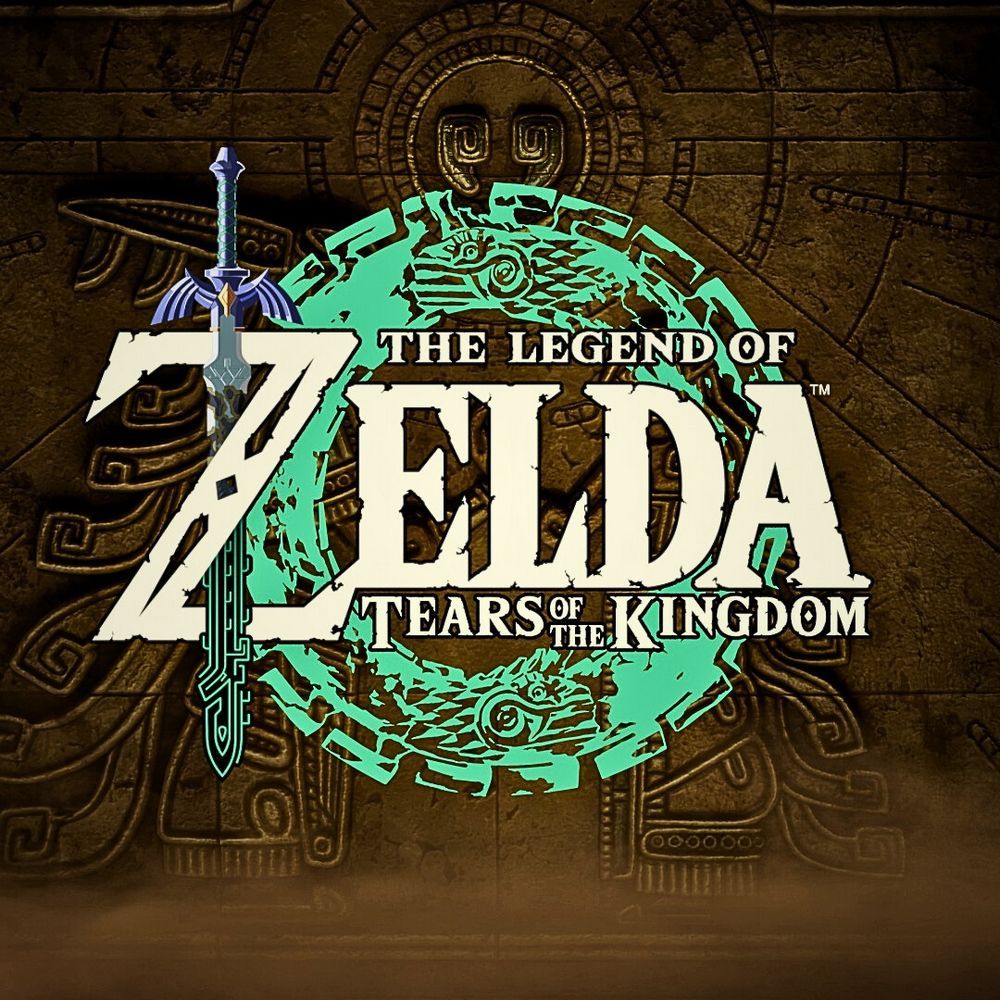
The Legend of Zelda
All trademarks belong to their respective owners. Get GameThe Sound of Adventure: Unpacking The Legend of Zelda’s Iconic Music and Sound Design
The Legend of Zelda series isn’t just known for its compelling gameplay and intricate lore; it’s equally celebrated for its iconic music and masterful sound design. From the very first 8-bit overture to the sprawling orchestral scores of its modern epics, the music of Zelda has become an indelible part of gaming culture, evoking a profound sense of adventure, mystery, and triumph. Composed primarily by the legendary Koji Kondo, with contributions from other brilliant artists, the soundtracks transcend mere background noise, serving as a powerful narrative tool, a guide for exploration, and an emotional anchor for Link’s timeless journey. This deep dive into Zelda’s auditory landscape reveals how sound has consistently elevated the series, transforming interactive experiences into truly unforgettable, emotional sagas.
Koji Kondo: The Maestro of Hyrule
The foundation of Zelda’s musical legacy rests firmly on the shoulders of Koji Kondo, whose early work defined the series’ sonic identity.
- The Original Zelda Main Theme (1986): An instant classic. This triumphant, heroic melody became synonymous with adventure and immediately transported players to the vast world of Hyrule. It has been re-arranged and re-imagined in almost every subsequent Zelda game, serving as a powerful leitmotif for the entire franchise.
- Early Environmental Themes: Kondo’s ability to craft distinct and memorable themes for various environments (e.g., the Death Mountain theme, the Lost Woods theme, the dungeon themes) created a strong sense of place and atmosphere, guiding players emotionally through different regions of Hyrule.
- Emotional Resonance: Even with limited 8-bit and 16-bit sound chips, Kondo’s compositions conveyed a surprising range of emotions, from the whimsical charm of Zora’s Domain to the unsettling dread of a boss encounter.
- Musical Puzzle Integration: In games like Ocarina of Time and Majora’s Mask, music became a literal gameplay mechanic, with Link playing specific ocarina songs to solve puzzles, trigger events, or warp across the world. This profound integration elevated the soundtrack from background music to an active element of the adventure.
Evolving Soundscapes: Orchestration and Immersion
As gaming technology advanced, so too did the scope and complexity of Zelda’s sound design, embracing orchestral scores and more immersive ambient effects.
- Ocarina of Time (N64, 1998): This game’s soundtrack is a masterpiece of video game music. It expanded upon Kondo’s iconic themes with richer instrumentation and introduced new, beloved melodies (e.g., Zelda’s Lullaby, Saria’s Song, Gerudo Valley). The ocarina’s role in puzzles and teleportation made music integral to the core gameplay loop.
- Wind Waker (GameCube, 2002): Embraced a whimsical, often Celtic-inspired score that perfectly complemented its cel-shaded art style and oceanic exploration. The dynamic sea shanties and the Wind Waker conductor mechanic added a unique musical flair.
- Twilight Princess (GameCube/Wii, 2006): Featured a darker, more intense orchestral score that matched its grittier aesthetic, delivering powerful themes for epic battles and somber moments.
- Skyward Sword (Wii, 2011): This was the first Zelda game to feature a fully orchestrated score, elevating the emotional impact of its narrative and grand set pieces. Its main theme, “Ballad of the Goddess,” became another instant classic.
Breath of the Wild and Tears of the Kingdom: Ambient Soundscapes and Dynamic Scoring
The modern Zelda games have taken a more minimalist and ambient approach to their sound design, creating deeply immersive open worlds.
- Ambient Music and Sound Effects (Breath of the Wild, 2017): Instead of constant, looping melodies, BotW relies heavily on dynamic, subtle ambient music and realistic sound effects to build atmosphere. The gentle piano melodies that fade in and out, the sounds of rustling grass, distant birdsong, and the changing weather create a profound sense of presence and isolation in the vast Hyrule.
- Contextual Music: BotW’s music reacts dynamically to gameplay. It swells during combat, becomes tense when a Guardian spots Link, or shifts to a triumphant melody upon discovering a new area. This adaptive scoring enhances immersion and emotional cues.
- Sound for Exploration and Discovery: Subtle sound cues often guide players to hidden secrets, Korok puzzles, or nearby enemies, making sound design an active part of exploration.
- Tears of the Kingdom (2023): Builds upon BotW’s ambient philosophy while introducing new themes for the sky islands and the eerie Depths. The new Ultrahand and Fuse abilities also come with their own distinct sound effects, enhancing the tactile feel of creation and destruction. The sound design plays a crucial role in distinguishing the different vertical layers of Hyrule.
The Enduring Impact: More Than Just Music
The Legend of Zelda’s music and sound design are integral to its timeless appeal:
- Emotional Connection: The iconic melodies evoke powerful emotions of heroism, sadness, joy, and wonder, forging deep connections between players and the Hyrule universe.
- Sense of Place: Distinct themes and ambient sounds create a unique sonic identity for each region, dungeon, and moment, enhancing the feeling of being truly present in the world.
- Narrative Enhancement: Music underscores pivotal story moments, heightens tension in boss battles, and celebrates triumphs, serving as a powerful storytelling tool.
- Cultural Iconography: Zelda’s music transcends the games, performed in concerts, covered by musicians worldwide, and instantly recognizable to generations of gamers.
The Legend of Zelda’s soundscape is a testament to the power of audio in video games. From the revolutionary 8-bit melodies of Koji Kondo to the expansive ambient scores of modern open-world epics, Zelda’s music doesn’t just accompany the adventure; it is the adventure, resonating with players long after the screen fades to black.
What’s the Zelda song or sound effect that instantly transports you back into the game world, and why?